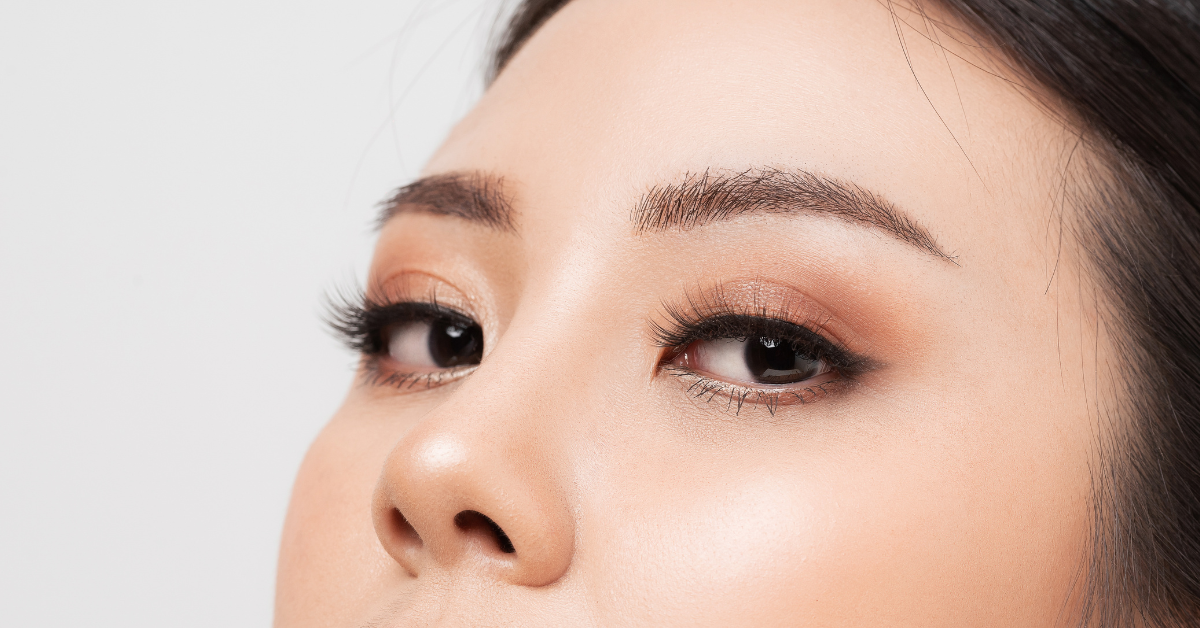The pursuit of well-defined eyebrows has led to the development of advanced cosmetic techniques, such as nano brows and microblading. Both are forms of semi-permanent makeup designed to create the appearance of fuller brows by depositing pigment into the skin. While their goals are similar, the procedures, tools, and final results have distinct differences.
What Are Nano Brows?
Nano brows represent an advanced technique in semi-permanent makeup. The procedure uses a digital machine with a single, ultra-fine needle to deposit pigment into the skin. This method allows for exceptional precision, creating detailed and lifelike hair strokes that mimic natural eyebrow hair.
This process involves designing brows that complement an individual’s facial features and personal style. The use of a precision machine tool allows artists to create fine, crisp hair strokes that blend seamlessly with existing brow hair. The results are long-lasting, typically enduring for 12 to 24 months before a touch-up is needed.
What Is Microblading?
Microblading is a manual cosmetic procedure that uses a handheld tool instead of a machine. This tool is fitted with fine needles configured into a blade-like shape. A technician performs the treatment by manually applying pigment into the skin to create realistic, hair-like strokes. This method allows for precision and control in shaping the brows.
The goal of microblading is to produce lifelike results, with strokes that blend with existing eyebrow hair. It can be used to fill in sparse areas, redefine arches, or completely reshape brows. A consultation allows the technician to design brows that complement the client’s facial features.
How Do They Differ?
The primary distinction between nano brows and microblading lies in the application tool. Nano blading utilizes a digital machine and a single needle to implant pigment, which forms the hair stroke. Microblading relies on a manual, handheld tool with a blade to create small cuts in the skin where pigment is deposited.
This difference in technique can affect skin suitability. Nano brows are often recommended for all skin types, as the machine application may cause less trauma to the skin. This can lead to better long-term results, finer strokes that heal naturally, and a reduced risk of pigment migration. Microblading can work well, but it may be less ideal for individuals with sensitive or oily skin. The final look and longevity also vary. Nano blading creates soft, natural, and realistic hair strokes that can last 12 to 24 months. The investment for each procedure is often similar, but the longer-lasting and more consistent results of nano brows can offer a better long-term value for some individuals.
Visit a Professional Medspa
Deciding between nano brows and microblading is a choice that depends on skin type and desired aesthetic. Both techniques are forms of artistry that require a skilled and experienced technician to achieve a safe and satisfactory outcome. Consulting a reputable medspa is a recommended course of action. A trained specialist can assess your skin, discuss your goals, and explain which method would best suit your specific needs, allowing you to pursue professional aesthetic services.
- How to Differentiate Between Trauma Symptoms and ASD: A Practical Guide
- Essential Considerations for Prospective Lakefront Homeowners
- How First-Time Homebuyers Can Prepare for a Competitive Housing Market
- Modern Strategies for Buying Your First Home
- Supporting Families After a Life-Altering Diagnosis: Practical Ways to Foster Resilience and Connection


